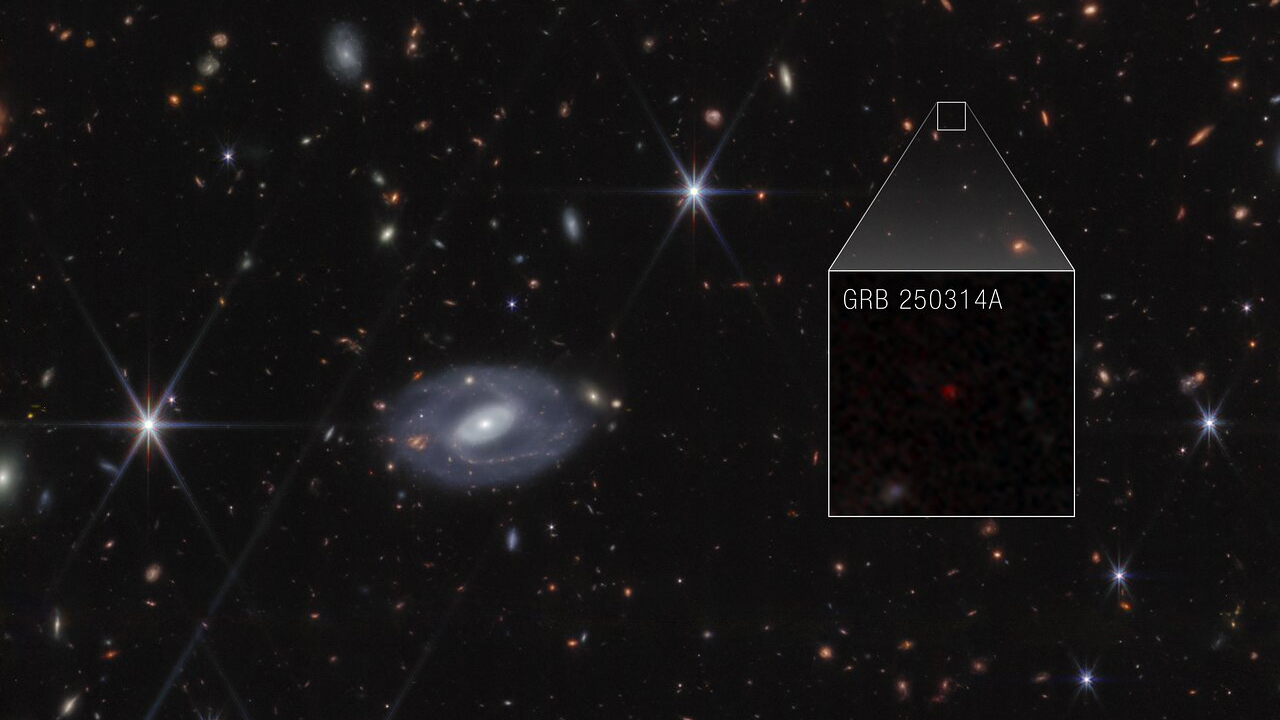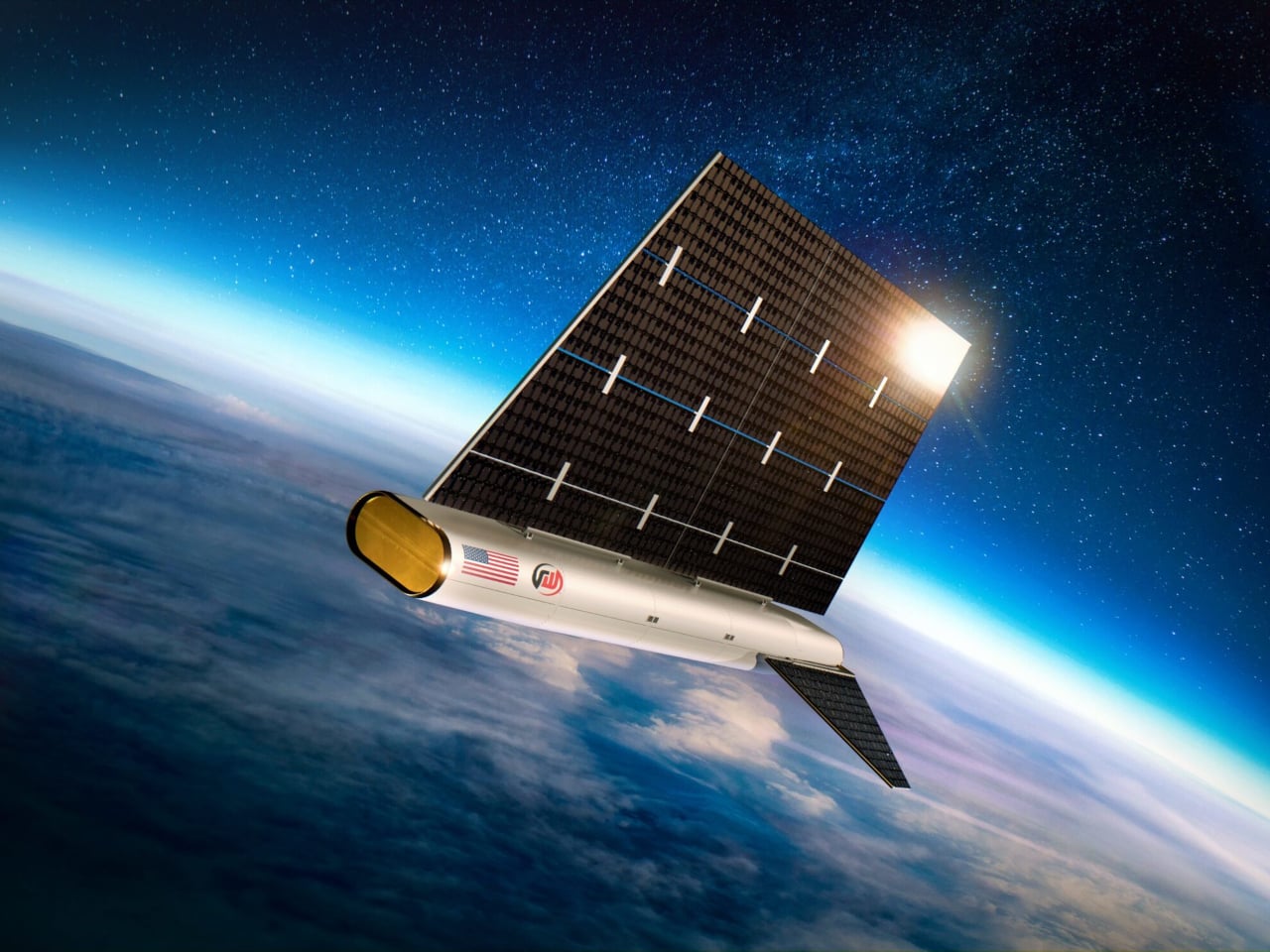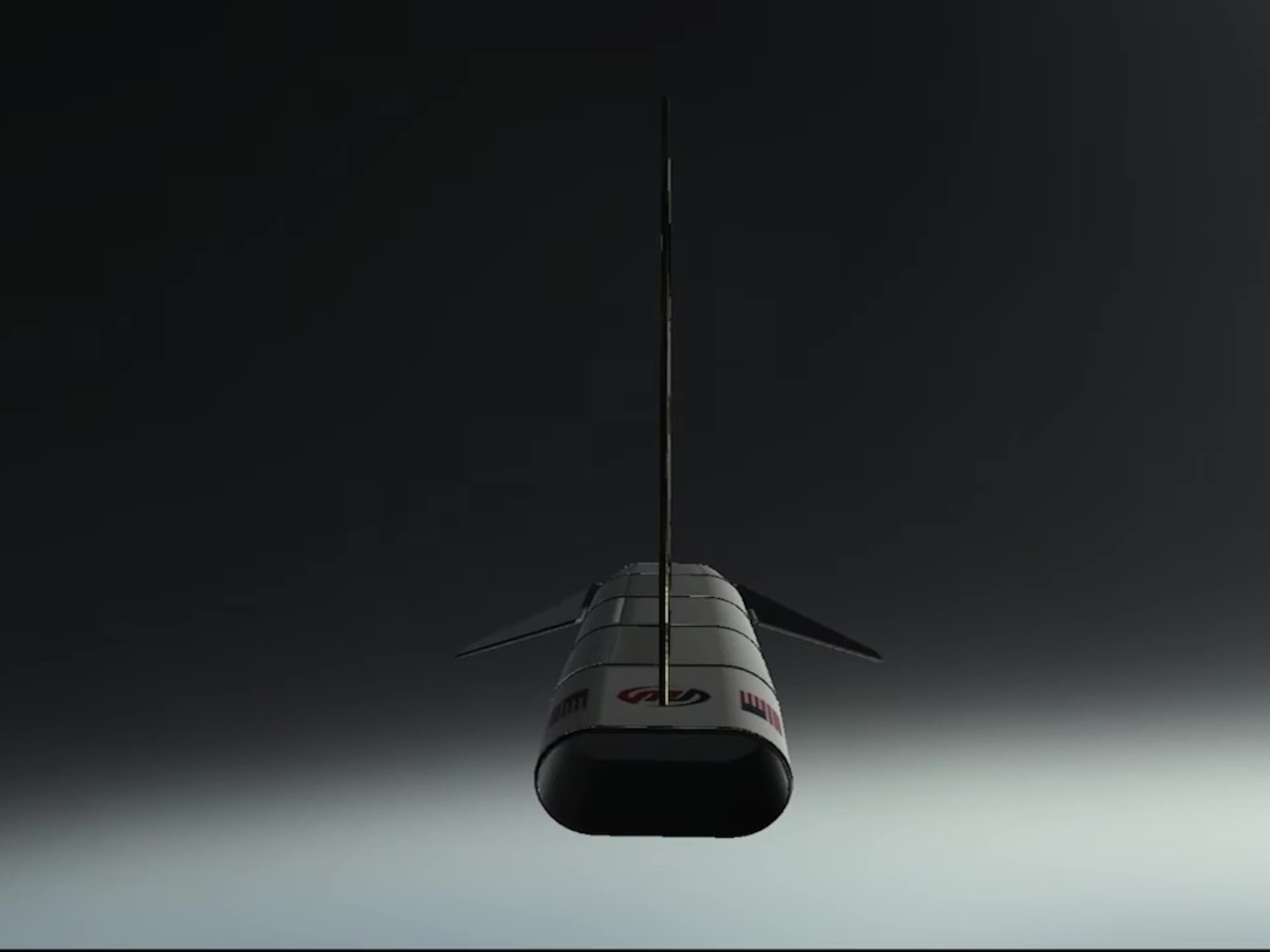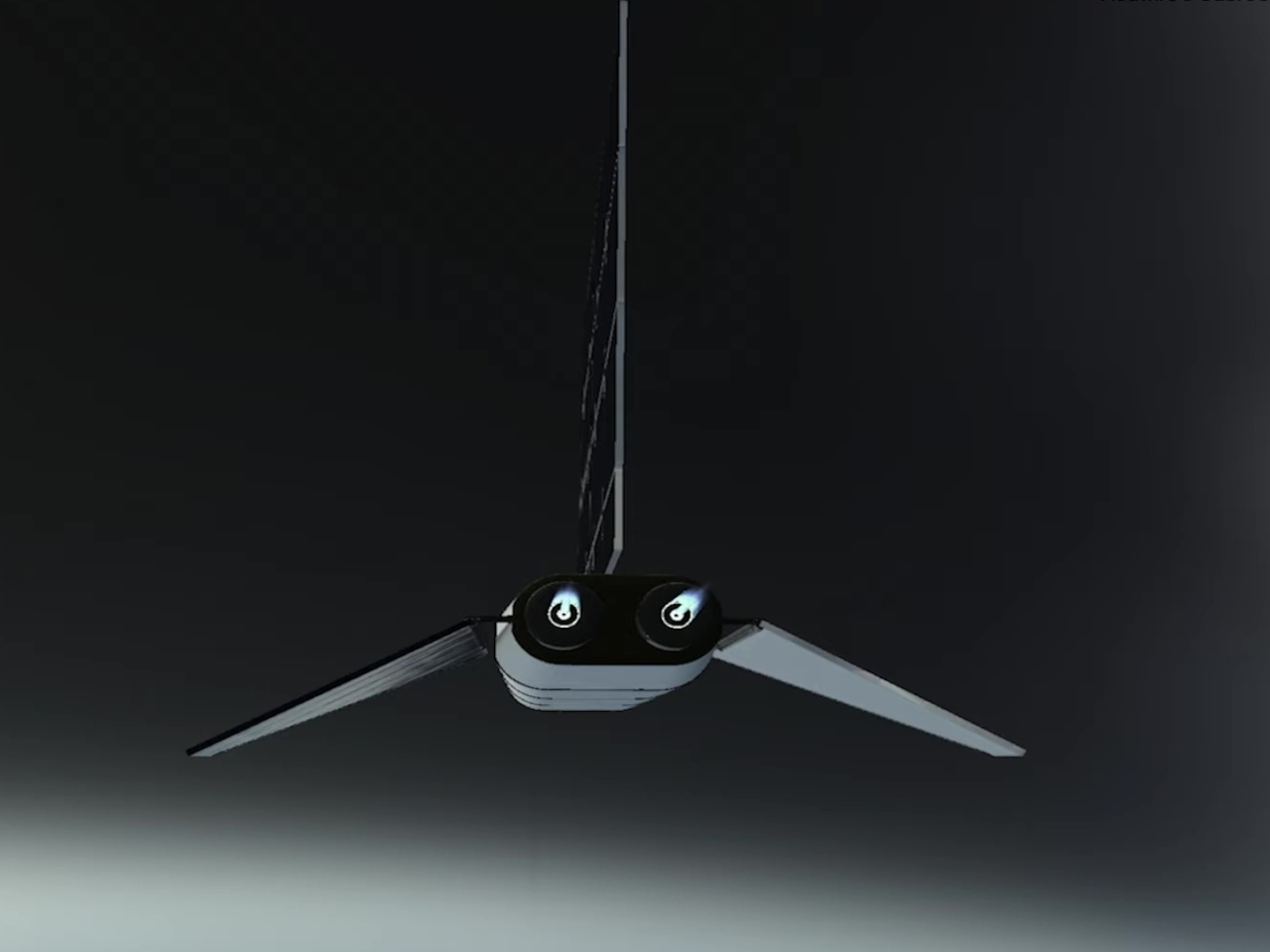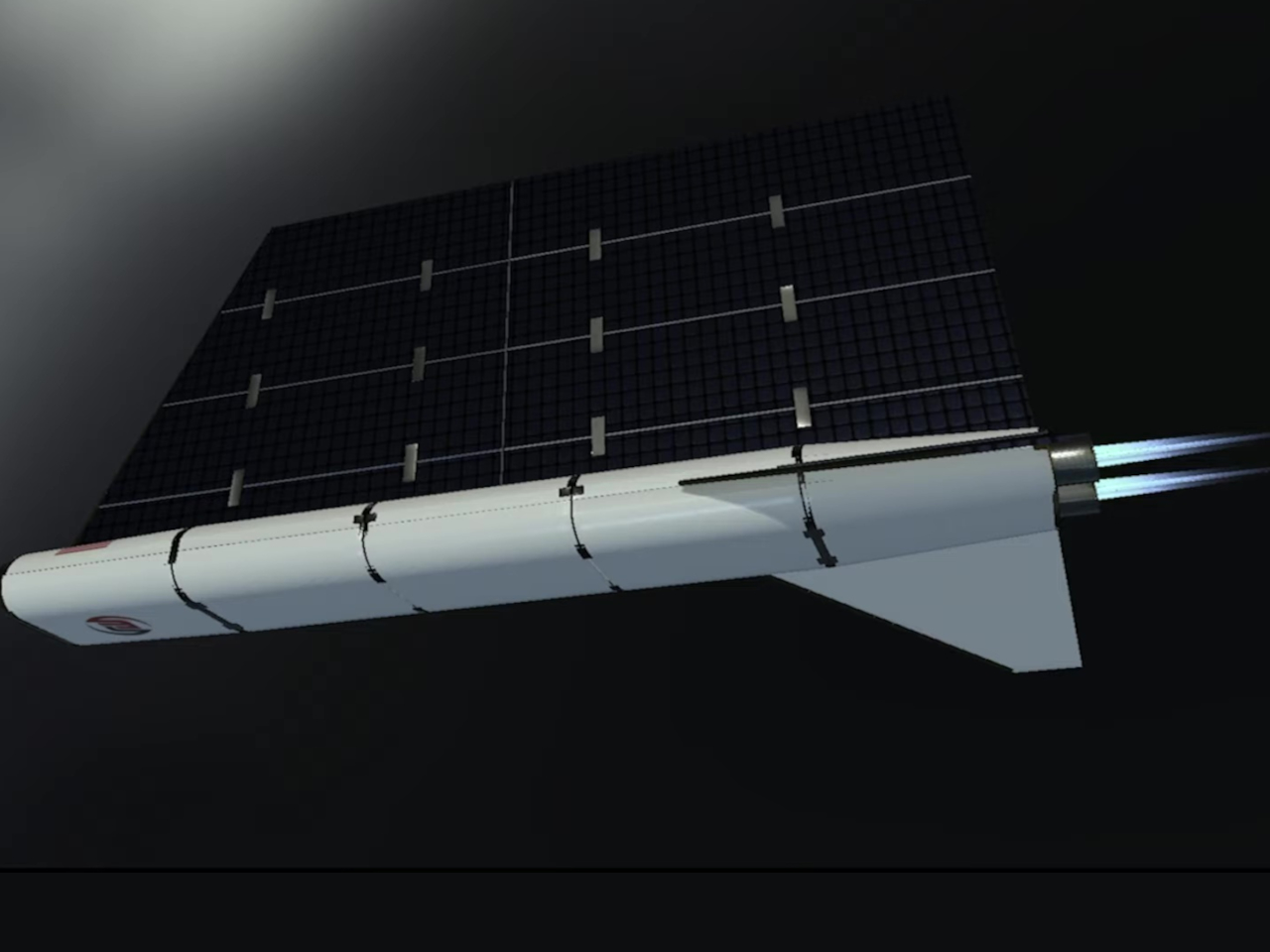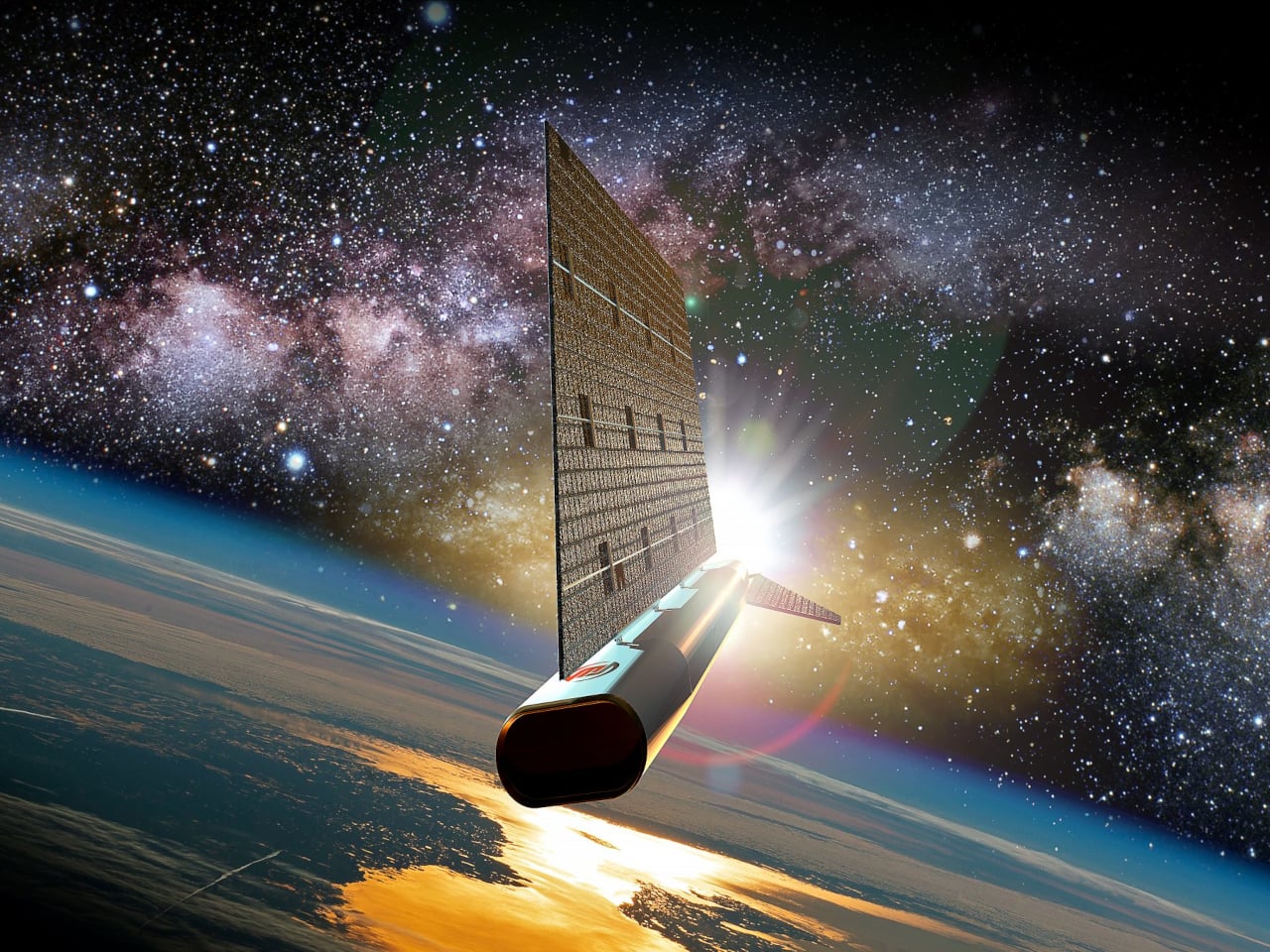SpaceX said it experienced an anomaly with one if its Starlink satellites that was likely caused by a small explosion. "The anomaly led to venting of the propulsion tank, a rapid decay in semi-major axis by about 4 km [2.5 miles] and the release of a small number of trackable low relatively velocity objects," Starlink wrote in a post on X. Orbital tracking company LeoLabs assessed that the issue was caused by an "internal energetic source rather than a collision with space debris or another object."
SpaceX said it's working with NASA and the US Space Force to track the remains of the object. "The satellite is largely intact, tumbling and will reenter the Earth's atmosphere and fully demise within weeks," the company said. It's trajectory is well below the International Space Station (ISS) so it poses no risk to the lab or its crew. Starlink has yet to say how many pieces it's tracking.
The incident happened just days after a Starlink satellite narrowly avoided a collision with a rival Chinese satellite from CAS Space last week. Starlink vice president Michael Nicholls said that the incident happened due to a lack of coordination between the two companies. "When satellite operators do not share emphemeris for their satellites, dangerously close approaches can occur in space," he wrote on X.
Starlink's constellation consists of almost 9,300 active satellites making up around 65 percent of all orbiting spacecraft, not including defunct units. That number grew by more than 3,000 this year alone, launched aboard 121 separate SpaceX missions — around one every three days.
This article originally appeared on Engadget at https://www.engadget.com/science/space/a-starlink-satellite-just-exploded-and-left-trackable-debris-120002814.html?src=rss